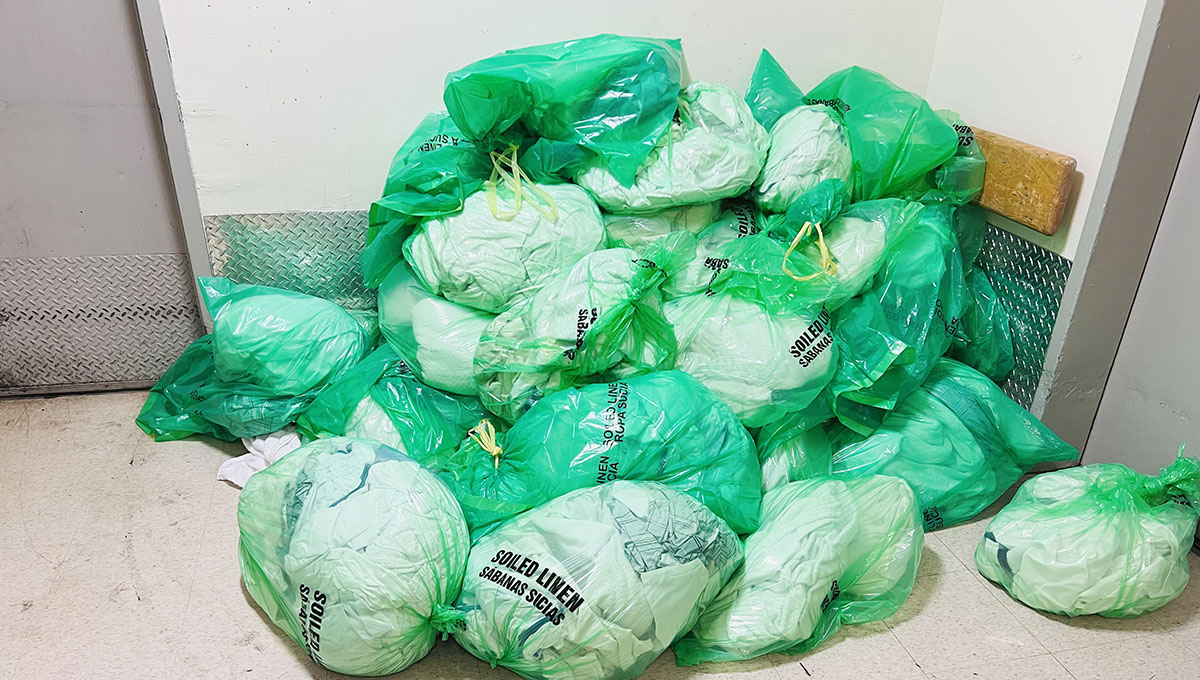The study isn’t intended to sway clinical decision-making, but to make doctors aware of the impact of their choices.
The carbon footprint of surgical aortic valve replacement is roughly twice as large as TAVI, with much of the increase driven by more biological waste, longer hospital stays, and use of anesthetic gases, according to a new analysis.
While the differences in environmental impact between the oft-compared procedures is notable, the authors stress the message is to simply be aware that clinical choices can have downstream effects on climate change and to take that knowledge into consideration when appropriate.
“The system from top to bottom is meant for maximizing care and quality—it’s just not maximizing any kind of efficiency of the environment,” senior author Isaac George, MD (NewYork-Presbyterian/Columbia University Irving Medical Center, New York, NY), told TCTMD. “I hope what we can do with this paper is to help people see and understand the implications of all of these decisions. It’s not so much that one therapy is better than another, but there are consequences to everything that we do. I think the real point is that we should try to start incorporating some of this into our decision-making and try to implement protocols to do better at this.”
Study co-author and environmental researcher Christoph Meinrenken, PhD (Columbia University, New York, NY), said the point of the analysis was not to direct clinicians to always make the lower-footprint choice.
“Obviously the patient comes first [with] cost to the healthcare system coming second as a consideration,” he told TCTMD. “But in situations where you can have win-win for the environment and the patient . . . then why not also take the environmental considerations into account?”
The study isn’t the first attempt by cardiologists to analyze the carbon footprint of their profession, with previous efforts made to analyze and potentially recycle waste in the cath lab.
Commenting on the analysis for TCTMD, Subodh Verma, MD, PhD (Unity Health Toronto, University of Toronto, Canada), said “it rightly challenges” physicians to reflect on the consequences of their practice—within reason.
“While we must be increasingly mindful of our carbon footprint, especially in high-volume procedural areas like valve therapy, clinical decisions must continue to be guided by patient-centered, evidence-based principles,” he said in an email. “Considerations such as anatomical suitability, valve durability, and long-term outcomes remain paramount. That said, this study offers a valuable foundation to inform future efforts toward more sustainable care and innovation in technological development.”
‘Someone’s Paying the Cost’
As measured in kilograms of CO2 equivalents, the total carbon footprints for both TAVI performed in the OR (280–340 kg CO2e) and cath lab (290–360 kg CO2e) were about half that of SAVR (620–750 kg CO2e; P < 0.05 for both). Put into perspective, the environmental impact of a TAVI is roughly equivalent to a one-way flight from New York City to Chicago, while that of SAVR is about the same as a one-way flight from New York City to Los Angeles, the authors write.
Use of the intensive care unit (ICU) postoperatively and overall floor care made up most of the footprint across the board, ranging from around 170 kg CO2e for TAVI done in both the OR (55% of total) and cath lab (52% of total) to 405 kg CO2e for SAVR (59% of total; P < 0.05 SAVR vs either TAVI location). ICU stay alone was the largest contributor to the carbon footprint, comprising about 27% for TAVI in the OR, 25% for TAVI in the cath lab, and 43% for SAVR. Other major contributors were pre-op catheterization, making and discarding specialized equipment, and landfill waste.
It’s not so much that one therapy is better than another, but there are consequences to everything that we do. Isaac George
The intraoperative carbon footprint was also more than double for SAVR (241 kg CO2e) than for either TAVI in the OR (100 kg CO2e) or cath lab (103 kg CO2e), driven largely by more biological waste and use of inhaled anesthetic gases.
George said the study findings have not changed his clinical practice, but they do make him think about his use of materials more closely with an eye toward reducing waste.
“There’s no question I try to really decide: do I need something open or not? Do I really want to use this or not?” he said. “I’m very cost conscious now, much more cost conscious.”
What he’d like to see happen next is “people to take a look at this paper as a system and say: ‘Hey, are there ways that we can improve what we’re doing either in the OR or in the cath lab?’ We use so many wires in the cath lab. We just open them and they end up on the floor and they’re like: ‘Open another one.’ [With] all of this stuff, someone’s paying the cost for this.”
